Search

Trials and Tribulations of Growing Squash and Cabbage in Living Mulch, Reduced Tillage Systems
Research on clover cover crops grown in combination with four tillage and weed suppression methods was conducted on organic transitional land at the SDSU Southeast Farm near Beresford, South Dakota in 2023.
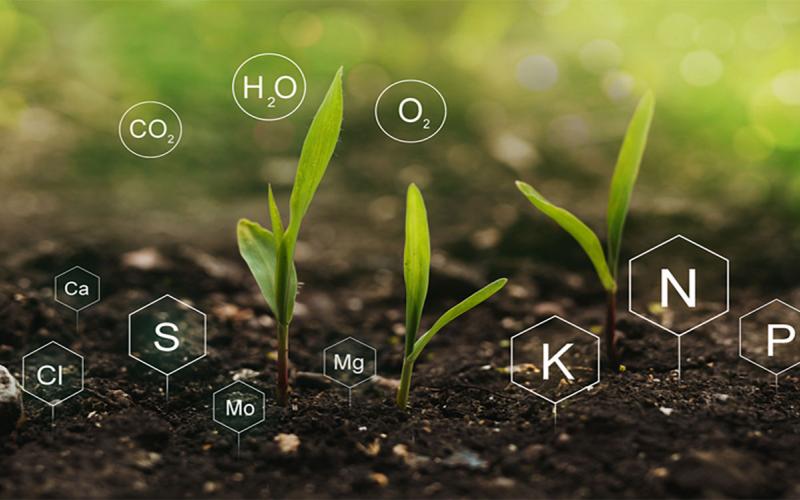
Interpreting Soil Tests for Gardening
There are many different chemicals that make up plants. These chemicals include hydrogen, carbon, oxygen, nitrogen, phosphorus, sulfur, calcium, magnesium, iron, manganese, copper, boron, zinc, molybdenum, cobalt, and chlorine.
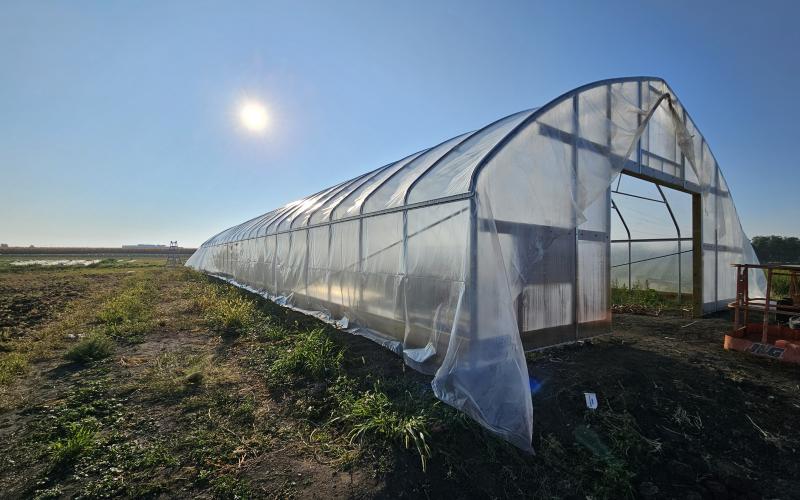
SDSU Extension hosts hands-on high tunnel build experience
April 23, 2024
South Dakota State University Extension is offering a four-day workshop, How to Build a High Tunnel, on May 7-8 and 14-15, 2024, from 9 a.m. to 4 p.m. each day. Registration is required, and space is limited.

Organophosphate Insecticides Under Continual Review by the Environmental Protection Agency
Recent moves by the EPA to limit or prevent the use of organophosphate insecticides present challenges for growers seeking effective pest control. So, what is motivating these changes, and what do they mean for producers?
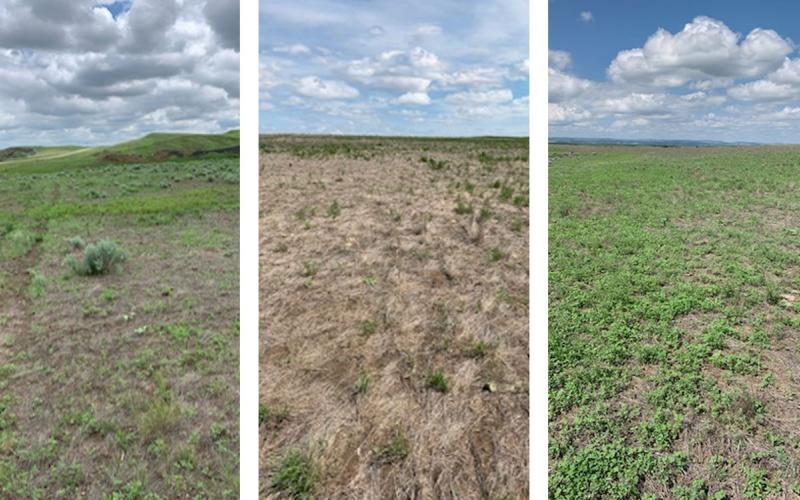
Notes From the Range: Crested Wheatgrass Die-off
Crested wheatgrass die-offs occurred in South Dakota during the summer 2023. It was a noteworthy event and previously occurred in Montana several years prior. Learn where the die-offs occurred and what likely caused them.
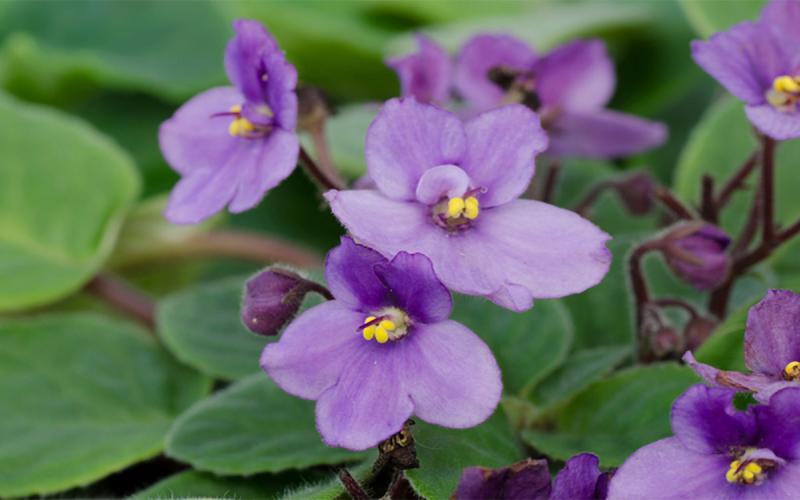
African Violet: Houseplant How-To
The African violet is a small plant that will provide color and beauty in an indoor setting. Learn how to take care of it in this "House Plant How-To" article.
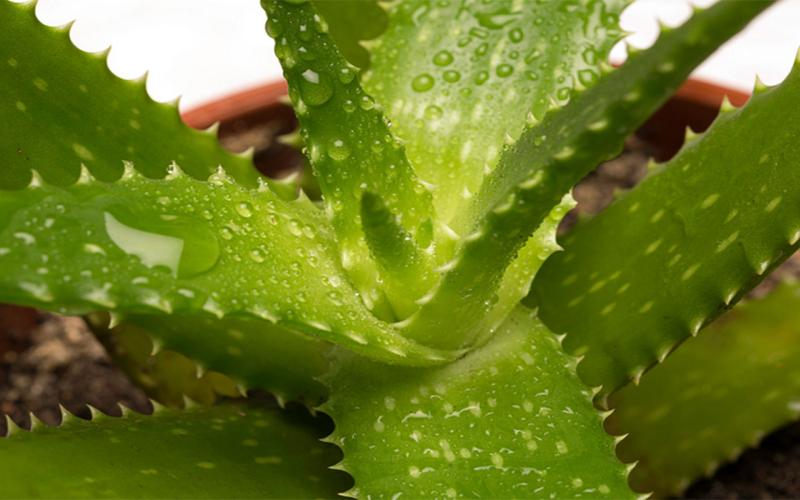
Aloe Vera: Houseplant How-To
Since aloe vera requires minimal car and also provides medicinal properties, it's an excellent addition to any home. Learn how to take care of it in this "House Plant How-To" article!
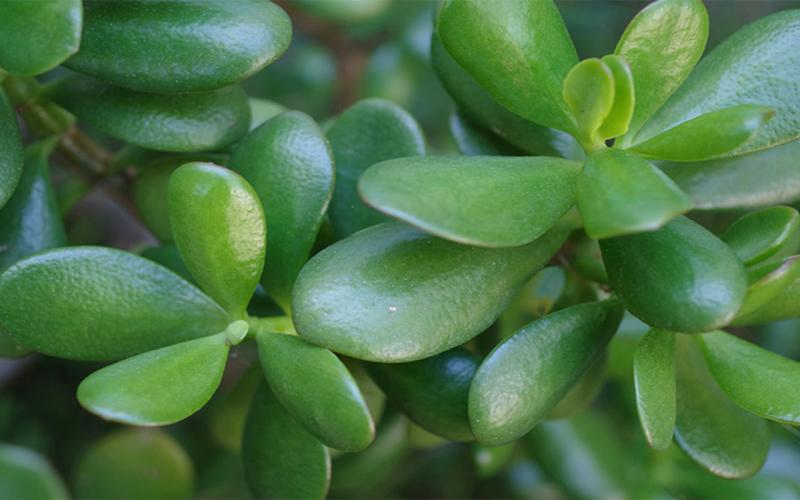
Jade Plant: Houseplant How-To
Jade plants are an easy-growing succulent that will thrive in your household for years to come. Learn how to take care of them in this "House Plant How-To" article.
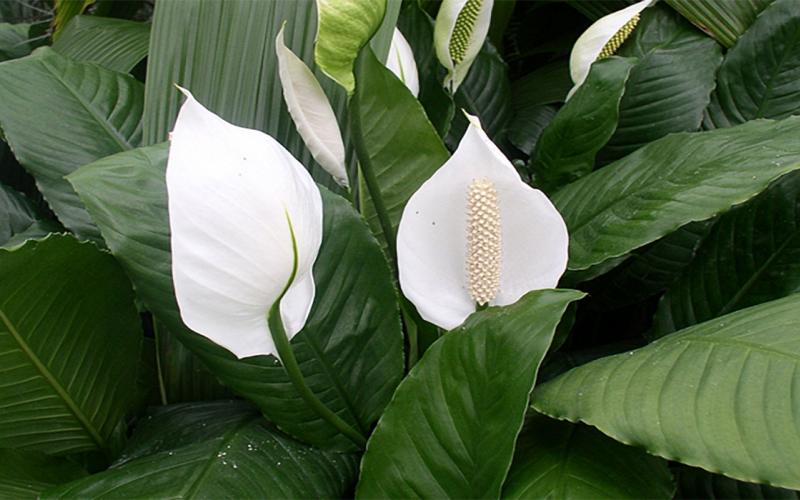
Peace Lily: Houseplant How-To
The Peace Lily is a gorgeous house plant that does well in low-light conditions, making it great for homes and offices. Learn how to take care of it in this "House Plant How-To" article.
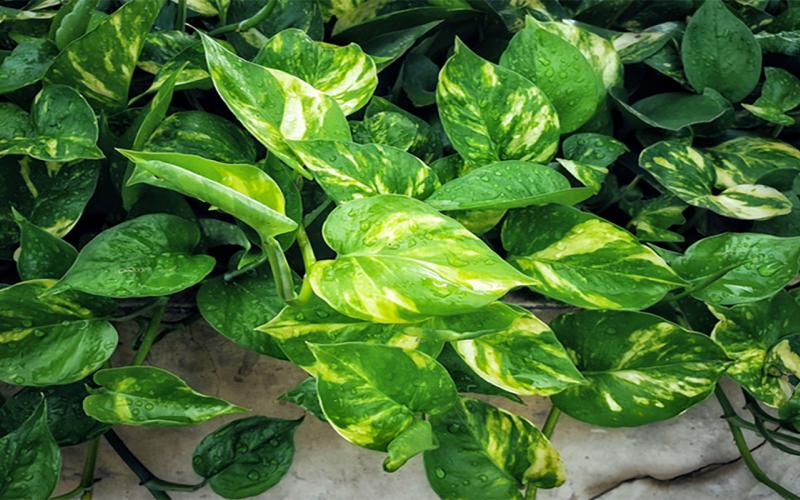
Pothos (Devil’s Ivy, Golden Pothos): House Plant How-To
Pothos, commonly referred to as devil’s ivy and golden pothos, is a great starter plant for a beginner. Learn how to take care of it in this "House Plant How-To" article.